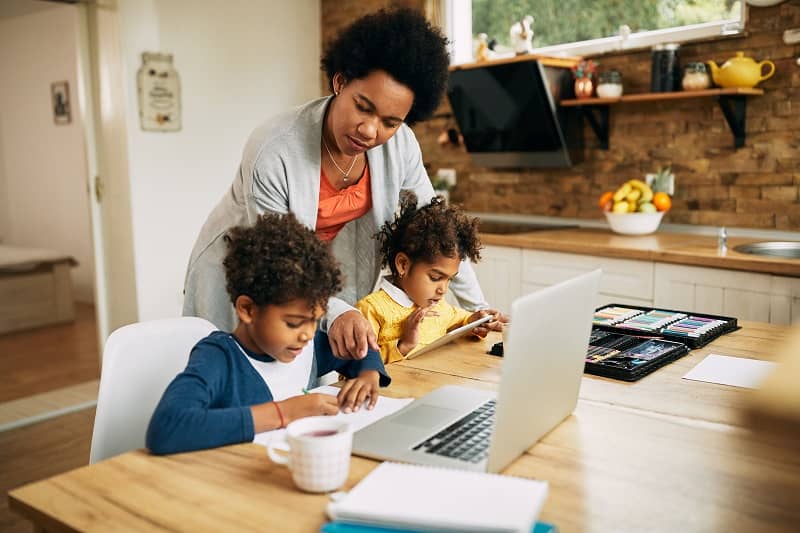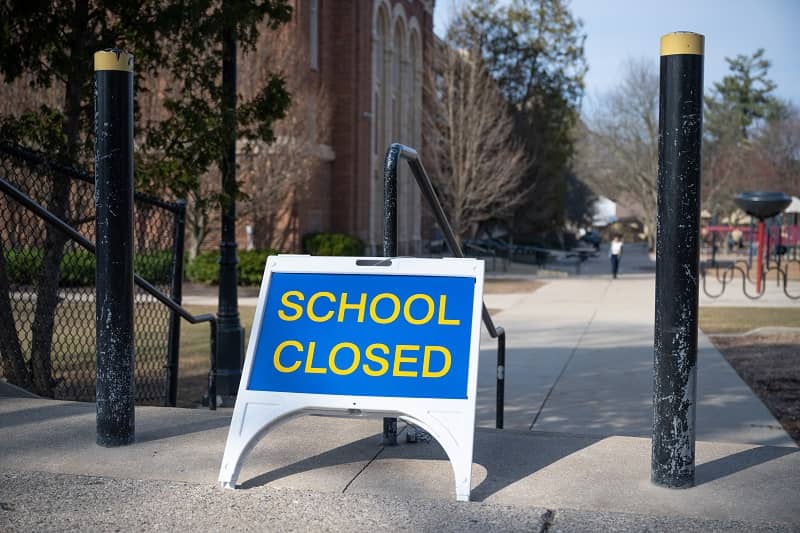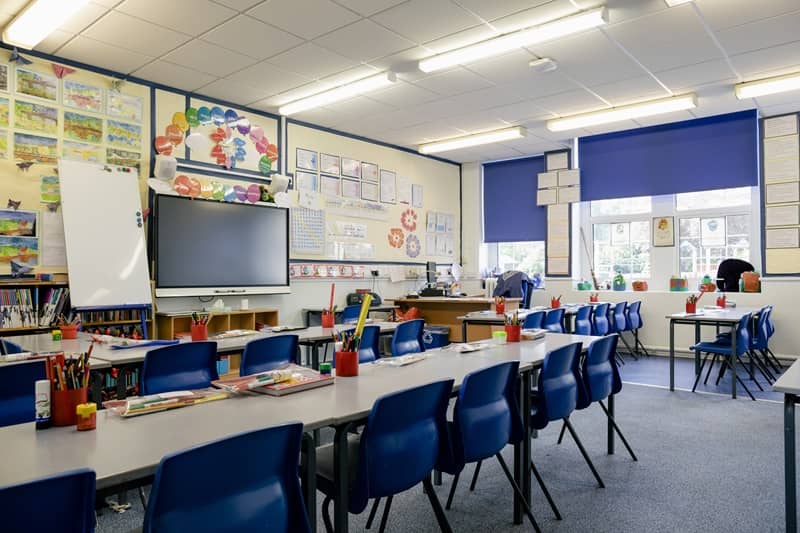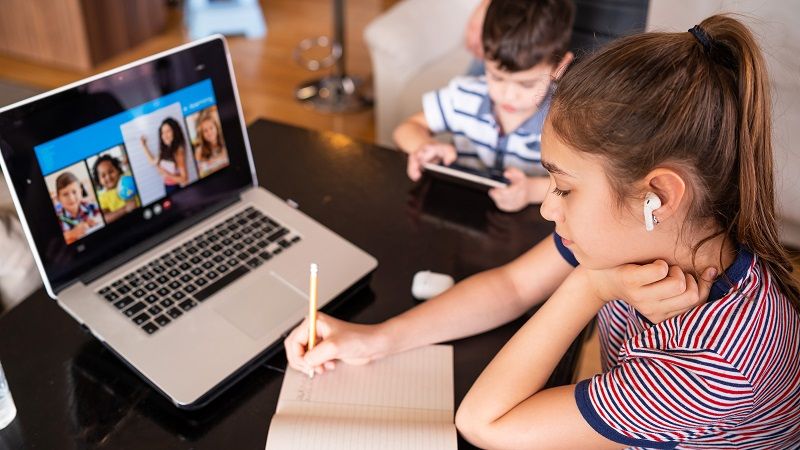By Kathryn Hickok
This fall, Oregon children began their third school year since the COVID-19 pandemic began. What started as two weeks of remote learning in March 2020 turned into a year outside the classroom for most K-12 students.
Pandemic-related government and teachers’ union policies have disappointed and angered parents as their children fell behind, developed an aversion to “Zoom school,” and lost confidence in their academic abilities. The school closures have also given parents an unprecedented chance to examine the quality and content of their children’s instruction through the online “window to the classroom.”
These experiences are motivating many parents to take charge of their children’s education and to advocate for change. Out of this public health crisis can come a unique opportunity for Oregon to expand educational options for all students through a more personalized delivery of education services.
Long before schools closed or switched to remote learning platforms, the landscape of options to meet the needs of K-12 students was already diverse and growing. Oregon families were choosing private and parochial schools, public charter schools (including online schools), homeschooling, magnet schools, and more.
Since COVID-19, new types of learning environments have become household words, like microschools, pods, and hybrid education. The technological advances of the past few decades have made available to parents an almost unlimited array of curriculum resources and instructional aids. It has never been easier to homeschool, to supplement district offerings with web-based courses, or to combine in-classroom time with home learning.
Education policies should value all options going forward, and parents should be free to choose among them. Making education flexible and personalized lets parents match their children with what works for them as individual learners.
During the past two years, many more parents have begun “voting with their feet,” here in Oregon and throughout the U.S. Here are some shifts in education trends that have taken place since the COVID pandemic began:
- According to the National Alliance for Public Charter Schools, regular public school district enrollment in Oregon fell by 5.5% between 2019-20 and 2020-21.
- Bellweather Education Partners claims 8.7 million children have switched from public to private schools in the U.S.
- Charter school enrollment in Oregon increased 20.8% between the 2019-20 and 2020-21 school years.
- Homeschooling has seen explosive growth. According to the U.S. Census, 11.1% of households with school-aged children report they are now homeschooling, double the percentage before the pandemic. Data from the Oregon Department of Education and Education Service Districts indicate that the number of Oregon homeschooled students increased 73% between the last two school years.
Homeschooling families are becoming more racially and ethnically diverse. The Washington Post wrote in July: “Between 2019 and May 2021, home-schooling rates jumped from about 1 percent to 8 percent for Black students—a more than sixfold increase. Among Hispanic students, rates jumped from 2 percent to 9 percent….”
As these enrollment shifts have taken place, broad-based public support of parental choice has also increased. Seven state legislatures passed new school choice laws this year, and 14 states expanded 21 existing programs. West Virginia enacted the broadest K-12 Education Savings Account program in the country, accessible to almost all students in the state.
Oregon policymakers should join this wave of support for options in education and expand the opportunities available to Oregon families. Here are a few places to start:
- Raise the arbitrary legislative cap on Oregon charter schools that limits enrollment to 3% of students in the district; this would allow successful and popular charters to meet student demand.
- Convert some of the state education funding—allocated per child but paid directly to district schools, regardless of individual outcomes—to portable accounts for students; let the money follow the child to the schools that are the best fit for them. An Education Savings Account program constructed along this model could expand students’ opportunities while saving taxpayers money.
- Expand district transfer policies so parents can choose among public school options; this would create incentives for schools to respond to parents’ needs and concerns and reward schools that achieve better outcomes.
As the state moves forward from the COVID-19 shutdowns, Oregonians should evaluate the ways K-12 education is delivered and funded and advocate for change. Now is the time to put education funding in the hands of parents so children can learn in the education settings that work best for them. Giving parents the power of choice in education is the school reform whose time has come.
Kathryn Hickok is Executive Vice President at Cascade Policy Institute, Oregon’s free market public policy research organization, and Director of Cascade’s Children’s Scholarship Fund-Oregon program.












